The UGRR linked Washington County to the North Country. When anti-slavery lecturers toured Northeastern New York, they sometimes began in Washington County and proceeded North. In 1840, New York Anti-Slavery Society Corresponding Secretary, Edward C. Pritchett, announced in The Friend of Man that he, "our colored brother" Samuel R. Ward and "brother" E.M.K. Glen would be conducting a lecture tour through Schenectady, Saratoga, Washington, Essex, Clinton, Franklin, St. Lawrence and Lewis counties. Three weeks later, Pritchett reported that the men were in Washington County, "waiting for the arrival of a fugitive whom we are going to take towards the North Star."
Sources:
The Friend of Man, Aug. 13, 1840.
The Friend of Man , Sept. 9, 1840.
Easton
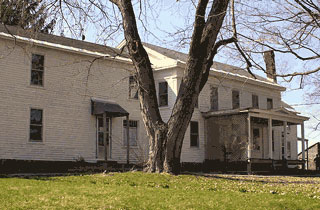
Wilbur House
The old Coach Road (Route 40) was once an Underground Railroad route through Washington County. It ran parallel to the Champlain Canal and through Easton's farm country where there were several safe houses. Today, people still tell the story of the day when two slave catchers came after a runaway Quakers Job and Esther Wilbur were secreting. Determined to defend himself, the man grabbed a carving knife from the Wilbur's dining room table. The Wilburs objected, as they did not condone violence, but the man declared he would not be taken alive. Taking the knife with him, he scrambled up a ladder, opened a trap door and hid in the attic.
The slave catchers came to the house door and demanded that the Wilburs turn over their runaway. They denied any knowledge of the man and confidently invited the slave catchers to search their home. One of the pursuers noticed the ladder, climbed up, and opened the trap door. The frightened fugitive brandished the knife. The bounty hunter ordered the runaway to give up, but the freedom seeker said he would kill him if he came closer. The bounty hunters rode off on their horses to get help.
Hurriedly, Job hitched his team to his carriage while Esther dressed the freedom seeker in one of her dresses and a bonnet. As fast as he could race the team, Job drove the disguised man five miles north to Union Village (present-day Greenwich) to the home of Dr. Hiram Corliss, Washington County's stationmaster. Legend claims the doctor had a small windowless cellar room and that a tunnel led from it to the banks of the Battenkill River.
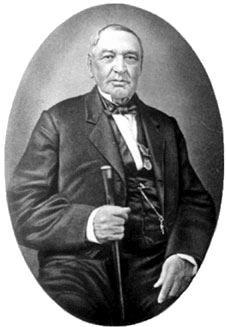
Dr. Hiram Corliss
Homes of devoted Greenwich abolitionists, which still stand on Park Street, are those of Henry Holmes and William H. and Angelina Mowry.
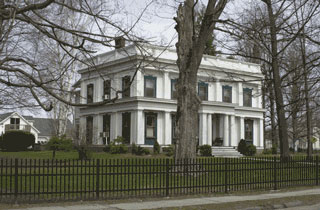
Holmes House
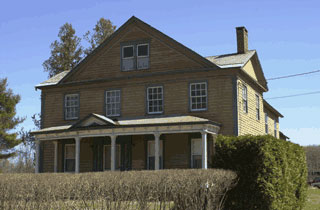
Mowry House
It is said that under the wing of the Mowry home there is a secret chamber which could accommodate 30 people.
The road north out of Greenwich led to Argyle. One woman fleeing slavery gave birth to twin boys, Austin and Horace, at the Poorhouse. Austin remained in Washington County, served in the Civil War and lived to about the age of 85.
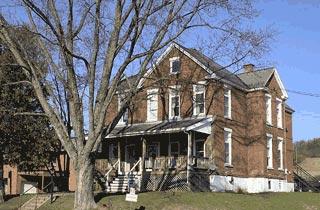
Argyle Poor House
For more information on the UGRR history of Washington County, contact the founder of the North Star Historical Project, Debi Craig, at dcraig1@nycap.rr.com
Sources:
Dr. Hiram Corliss image, courtesy John Jay Library, Brown University Special Collections.
Wilbur, Holmes, Mowry and Argyle Poorhouse photos by Laura Sells Doyle.






